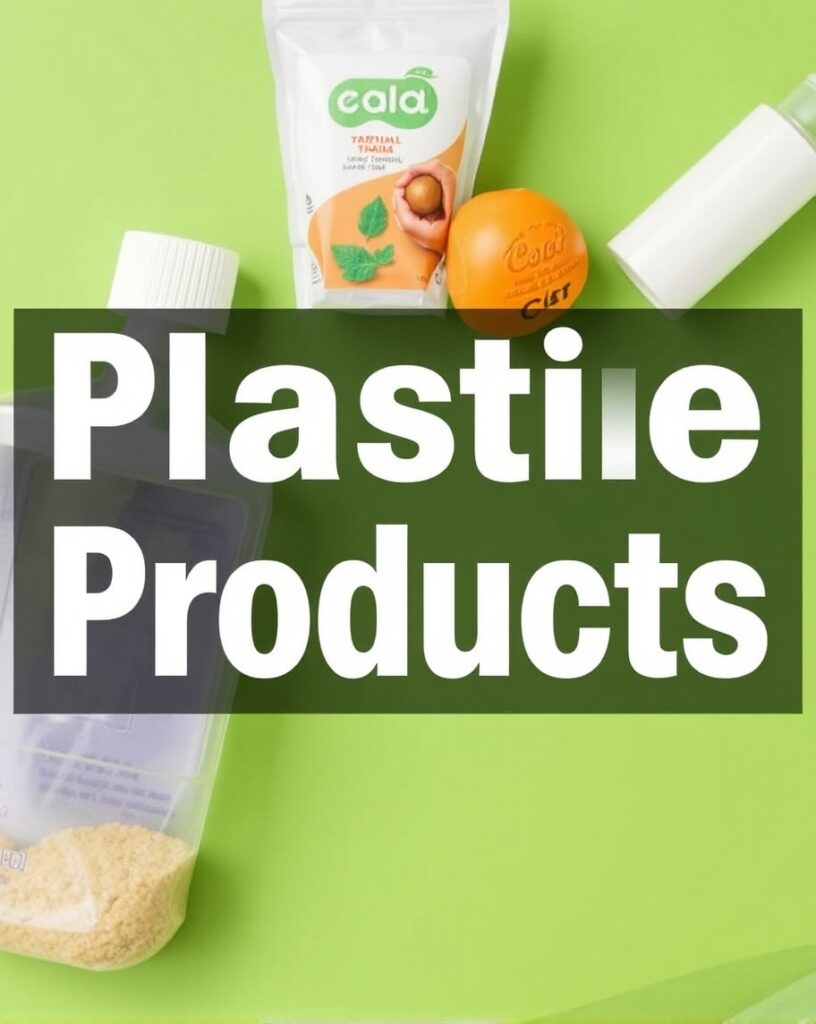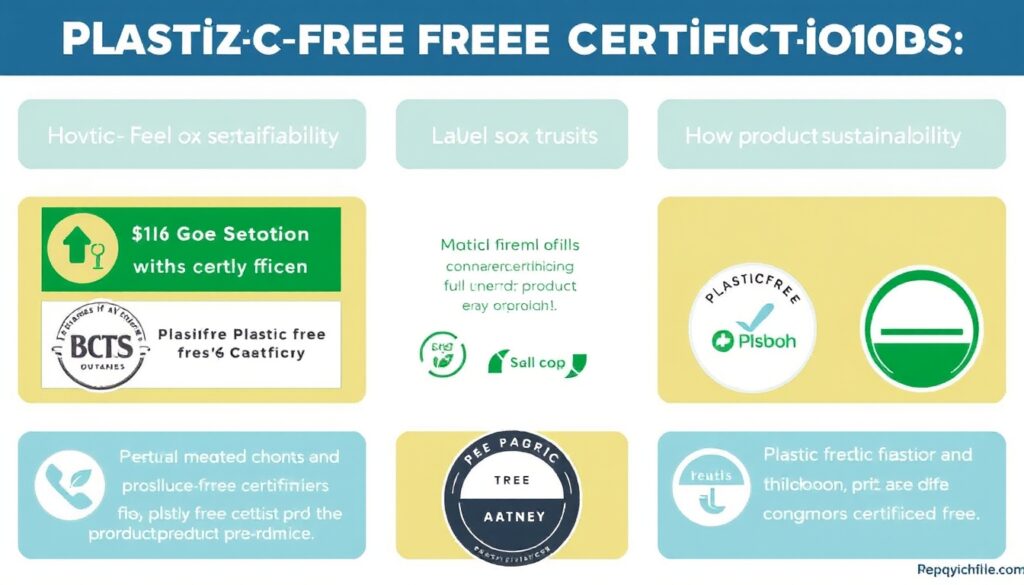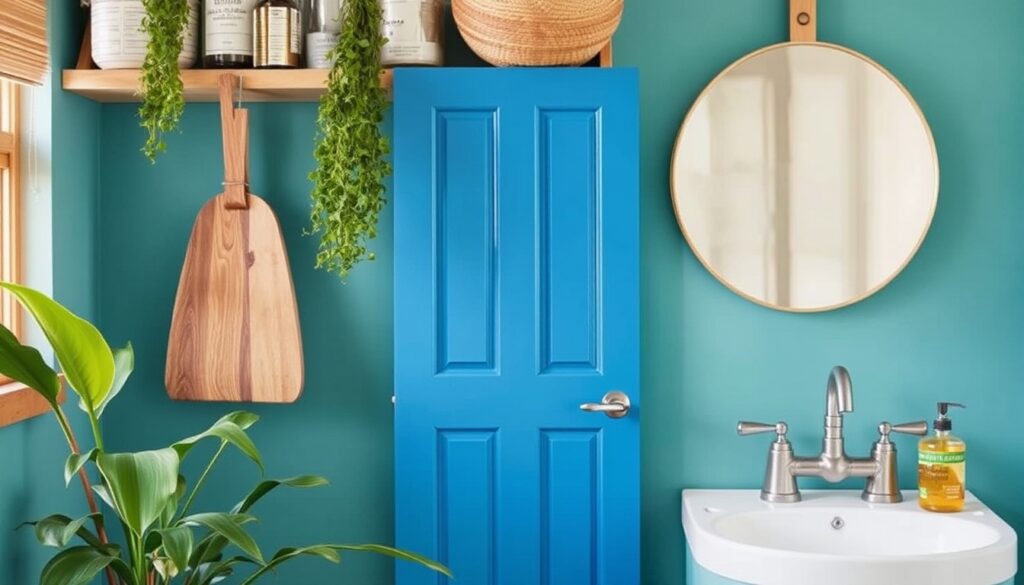In recent years, the movement toward plastic-free products has gained significant momentum as consumers become increasingly aware of the environmental impacts of plastic pollution.
With single-use plastics contributing to ocean pollution and microplastic contamination, many consumers are seeking alternatives that are both sustainable and effective.
While several top search engine results cover popular plastic-free product categories like kitchen essentials, personal care, and household items.

Table of Contents
1. Understanding the Plastic Problem
Most articles touch on the environmental impact of plastics but often stop short of explaining the science behind plastic pollution. While many products are labeled as plastic-free, they do not delve deeply into the long-term benefits of reducing plastic consumption or the specific ways plastics harm marine life, ecosystems, and even human health.
2. Plastic-Free Certifications and Labels
Many consumers are confused about which certifications to trust when it comes to plastic-free products. While many articles mention plastic-free products, few delve into the importance of certifications like the Plastic-Free Trust Mark or BPI Certified Compostable to verify a product’s claims.
3. Types of Plastic-Free Alternatives
Many existing articles focus on specific product categories, such as kitchen or beauty products, but rarely offer a broad overview of the types of materials that can replace plastic in various industries. Common alternatives like bamboo, stainless steel, glass, and biodegradable composites are often mentioned, but innovative materials like mycelium (fungi-based packaging) or seaweed-based alternatives are underexplored.
4. Plastic-Free for the Entire Home
Top SERP results often focus on plastic-free products for the kitchen or bathroom, but a comprehensive view of plastic-free solutions for the entire home is usually missing. For instance, there is limited discussion on plastic-free cleaning tools, home decor, furniture, and even plastic-free children’s toys and clothing.
5. Costs and Accessibility of Plastic-Free Products
A common concern among consumers is that plastic-free products are often perceived as more expensive and less accessible than their plastic counterparts. However, this issue is not adequately addressed in many articles, leaving consumers without guidance on how to transition to a plastic-free lifestyle within a budget.
6. Plastic-Free Packaging in E-Commerce
The rise of e-commerce has created new challenges for those seeking plastic-free solutions, as many products come with excessive plastic packaging. While some articles touch on this issue, few offer a deep dive into how consumers can reduce their plastic footprint when shopping online or how brands are addressing packaging waste.
7. Challenges of Going Plastic-Free
Transitioning to a plastic-free lifestyle is not always easy, and few articles explore the common challenges consumers face, such as limited availability of products, higher costs, and difficulty in finding fully plastic-free alternatives for some everyday items (e.g., electronics).
see this also: The Ultimate Guide to Green Beauty and Wellness: A Path to Ethical Luxury Living
Why Go Plastic-Free in 2024?
As we move deeper into 2024, the necessity to reduce plastic consumption becomes more apparent. Plastic pollution is causing devastating effects on the environment, leading to long-lasting damage.
By switching to plastic-free products, we can significantly reduce the waste filling our landfills and oceans while promoting a healthier, more sustainable lifestyle. Going plastic-free not only protects the environment but also contributes to a better future for upcoming generations.

The Environmental Impact of Plastic Pollution
Plastic pollution is pervasive, damaging ecosystems, harming marine life, and even entering our food chain in the form of microplastics. It’s estimated that over 8 million tons of plastic enter the oceans annually, creating massive floating garbage patches and threatening marine species.
What’s more alarming is that plastic takes centuries to decompose, breaking down into harmful microplastics that infiltrate every part of the environment.
The Lifecycle of Plastic: From Production to Pollution
Plastic’s journey begins with fossil fuels like petroleum, which are extracted and refined to produce plastic materials. This process releases harmful chemicals and carbon emissions, further contributing to global warming.
After a short period of use—often as single-use items—plastic products are discarded. Without proper disposal systems, plastics accumulate in landfills or escape into ecosystems, where they eventually break down into microplastics, polluting soil, water, and even the air we breathe.
Recognizing Plastic-Free Certifications

If you want to ensure that a product is genuinely plastic-free, it’s essential to look for trustworthy certifications. Here are some of the most reliable plastic-free labels you should watch for when shopping:
- Plastic-Free Trust Mark: This mark certifies that a product contains no plastic elements.
- BPI Certified Compostable: This certification confirms that a product is compostable, breaking down naturally without leaving toxic residues.
- TÜV OK Compost: This ensures the product is compostable in both industrial and home settings.
By choosing products with these certifications, you can confidently reduce your plastic footprint.
Innovative Alternatives to Plastic
The good news is that there are numerous alternatives to plastic that are both sustainable and functional. Here’s a look at some innovative materials replacing plastic:
- Bamboo: Used for everything from cutlery to toothbrushes, bamboo is fast-growing and biodegradable, making it a top choice for plastic alternatives.
- Glass: Reusable and endlessly recyclable, glass is ideal for food and beverage storage. It’s free from harmful chemicals like BPA.
- Stainless Steel: This durable material is perfect for water bottles, lunch boxes, and kitchen tools, offering long-term usage without plastic.
- Mycelium Packaging: Made from mushrooms, mycelium is a biodegradable, sustainable packaging option that’s rapidly gaining traction.
- Seaweed-Based Packaging: Some companies are using seaweed as a natural packaging material that can be composted or even eaten, reducing waste in a creative way.
read more related article: Thoughtful & Sustainable: The Ultimate Guide to Ethical Gift Ideas for Every Occasion
Building a Plastic-Free Home
Creating a plastic-free home is easier than you think. Focus on these areas for a more sustainable living space:
Kitchen
- Replace plastic containers with glass or stainless steel options.
- Swap out single-use plastic wrap for beeswax wraps.
- Use bamboo utensils and stainless steel straws instead of plastic versions.

Bathroom
- Use bamboo toothbrushes and plastic-free shampoo bars to cut down on single-use plastic.
- Opt for reusable or biodegradable bathroom essentials like cotton pads and safety razors.
Cleaning Tools
- Swap plastic sponges for natural fiber scrubbers and wooden brushes to clean your home with fewer environmental costs.
Plastic-Free on a Budget
Contrary to popular belief, adopting a plastic-free lifestyle doesn’t have to break the bank. Here are some ways to go plastic-free affordably:
- Buy in bulk: Opt for stores that offer bulk items like grains, legumes, and oils, allowing you to bring your own containers.
- Make your own products: DIY household cleaners and personal care items can save money and eliminate plastic packaging.
- Reuse and repurpose: Repurposing glass jars, cloth bags, and other durable materials reduces waste and saves money over time.
E-Commerce and Plastic-Free Packaging
More e-commerce brands are now adopting plastic-free packaging solutions. Companies like EcoEnclose and Noissue provide compostable mailers and recyclable packaging materials that break down naturally without contributing to plastic waste.
As consumers, we can make a difference by supporting companies committed to sustainable packaging and requesting plastic-free shipping options when available.
Overcoming Challenges: Practical Tips for a Plastic-Free Lifestyle
Going plastic-free is not without its challenges. Many people struggle to find plastic-free options or feel overwhelmed by the transition. Here are some practical tips to overcome these hurdles:
- Start small: Focus on one room at a time. For example, start with swapping out single-use kitchen items, then move on to the bathroom.
- Educate yourself: Stay informed about plastic-free alternatives and where you can find them locally or online.
- Invest in quality: High-quality, reusable items like stainless steel water bottles or glass food containers may have a higher upfront cost but will save money in the long run by reducing the need for disposable products.

Conclusion: A Call to Action
The shift towards a plastic-free lifestyle is more important than ever in 2024. By making small, intentional changes, you can significantly reduce your plastic consumption and inspire others to follow suit.
Start by replacing single-use plastic products with more sustainable alternatives, educate yourself on the benefits of going plastic-free, and support brands that are leading the way in plastic-free innovation. Together, we can make a lasting impact on the environment and ensure a healthier, more sustainable future for all.
Share this content:

